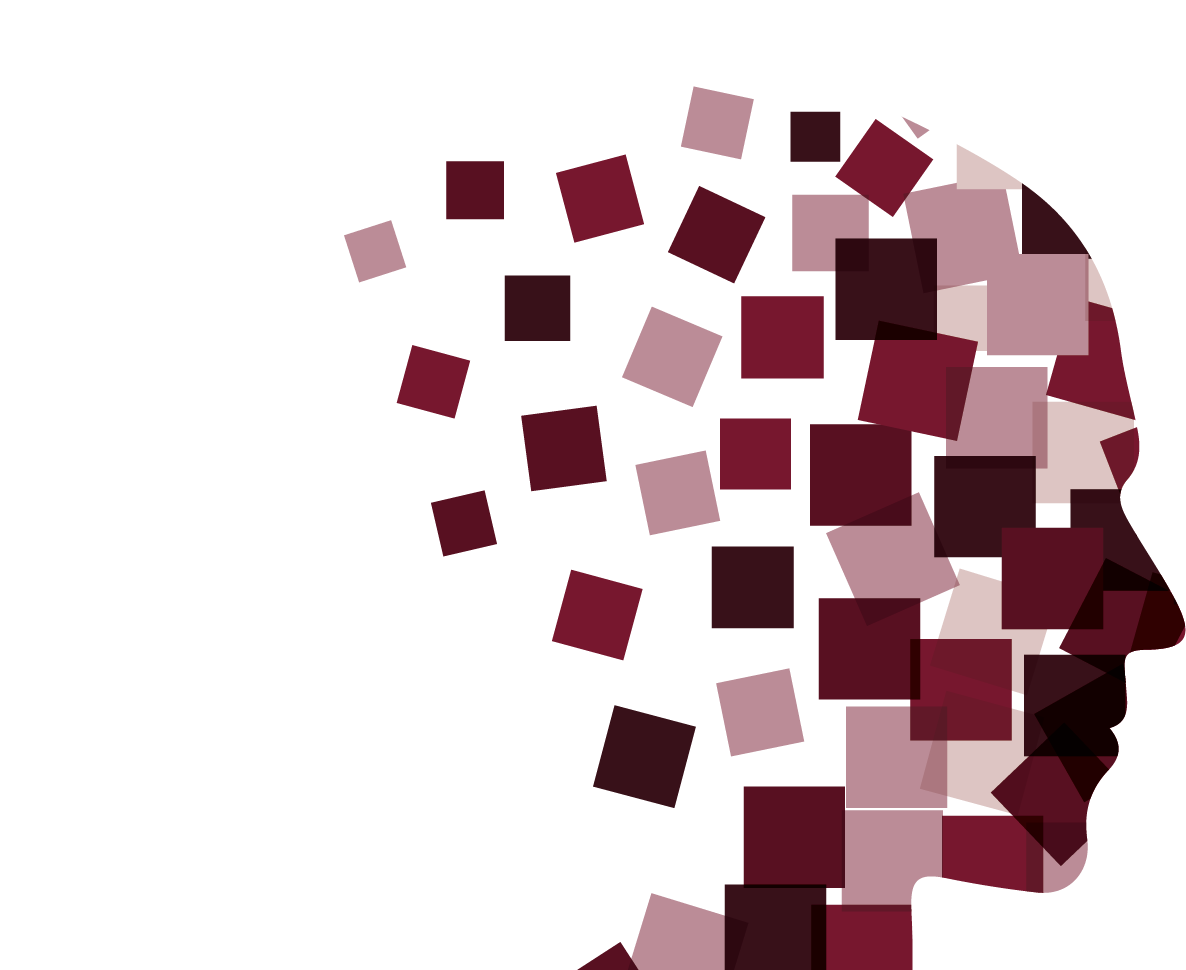There are many techniques to visualize your work. Obviously, our most popular is Personal Kanban. The way the human brain is constructed, we are very sensitive to the content of and quickly assimilate visual information. Just walking down the street you are exposed to different buildings with different uses with different qualities. We take this information in-stride. But if we want to see something less visual, like a list we have to stop and read it carefully and then interpret it.
When we do not visualize our work (turn it into something like a map or the real-world), we cannot see what we are doing. We immediate cannot directly answer some very key questions.
#1 What is being built?
In knowledge work, the very thing we are building spends most of its time in conception. We are using our minds to do the work. Right now, this entire article is in my head. The residents of this Norweigian Starbucks have no idea what I am doing. Neither to my colleagues back in the states. When this article is done, everyone will know what was built.
Visual controls show us what is being done. If I see a ticket that Tonianne has pulled that says “Research neuroscience WRT stress and work” I can immediately show her articles I’ve read. If I wait until she gives me a finished product, it is too late.
#2 Who is currently working?
Who is actually working right now? This isn’t really necessary for oversight, odds are everyone is working and working pretty hard. Here we want to know who is currently busy and who isn’t for two key reasons trust and collaboration.
Unfortunately trust fades when people become overworked. We mistake the few minutes where someone gets up to take a break as what they are doing all the time. Trust erodes because we can’t look at something that reassures us, “Yes, it’s okay, they’re still working away.”
If we want to collaborate with someone, understanding what their current work load is gives us a good indication when we can impose ourselves upon them. If I’m in the middle of a deep thought and you come and interrupt me with an entirely different context - I then context switch, losing valuable time and energy. (Right now, someone is sending me messages in IM and I am noticing them - that’s been enough to derail this paragraph several times). On the other hand … if I am busy on a task and you say to me, “Jim, when you are done with that task or take a break, I need some time with you.” that is a minimal interruption. I can say “yes” and catch you when I’m done.
#3 Who is currently idle?
Noticing idle workers seems to be the opposite of #2, but it’s actually quite different. Idle workers (with no tasks at all) can be a sign of a workflow issue. Work is likely stuck somewhere upstream, leaving these workers waiting for new work.
#4 What is stuck?
Stuck tickets are absurdly easy to see in on a kanban board. Something that dwells in a column longer than is comfortable (much sooner than before it becomes a problem) are dealt with through discussion, teamwork, or simply killing the task. Being able to quickly and easily see that a ticket is not moving is a very effect way to increase effectiveness. With no visualization, tasks can and do become stuck for months.
#5 Who needs help?
From time to time, we’ll all get that stuck task. The problem that seems like it has an easy solution, but we spin and spin on it. In Cynefin these tasks are either categorized as highly complicated (outside your expertise) or complex (solution is possible but yet unknown). These happen. When this occurs, we tend to withdraw - thinking we need to solve the problem ourselves. What really is needed, however, is teamwork. These problems require multiple minds or outside sources to solve. When this happens, people need help.
#6 Who is overloaded?
Overload is extremely common, but we don’t know it because we can’t see what we’re doing. We don’t know what our real workload is. Visualizing work quickly shows who has too much work right now. When this is noticed, we can help these people by either slowing the rate at which they receive work or help them move the work out of their backlog.
#7 When can I expect to see something?
Estimating without visualizing is like steering a car with your eyes closed. When we view our work through a kanban board we can measure completion rates of actual work. Work estimation is problematic at an individual task level. We don’t know if we will be interrupted, if other work will take precedence, or if we’ll run into one of those tasks from #5. When work items are viewed in the aggregate, they become much more predictable. Statistical forecasting beats estimation every time. With a flow-based visualization we can measure cycle time, throughput, and lead time to provide much more reliable responses.
#8 What have we finished?
Seeing what you have finished and remembering it is vital. Our brains color our memory, make us forget what we’ve completed, and reward focusing on the what happened most recently. We need to have a visual record of what we have done or we will actively forget both the work and its context. This makes it impossible to learn and improve.
#9 What’s coming next?
Knowing work that is approaching helps us do our work right now. We know what context the current work will fit into, how it might be augmented, and what “done” might look like. If we have an infinite amount of time to complete a task, done will look very different than if we have, say, an hour. Seeing work as it coming up allows us to better plan our time and appreciate the workload that is impending.
